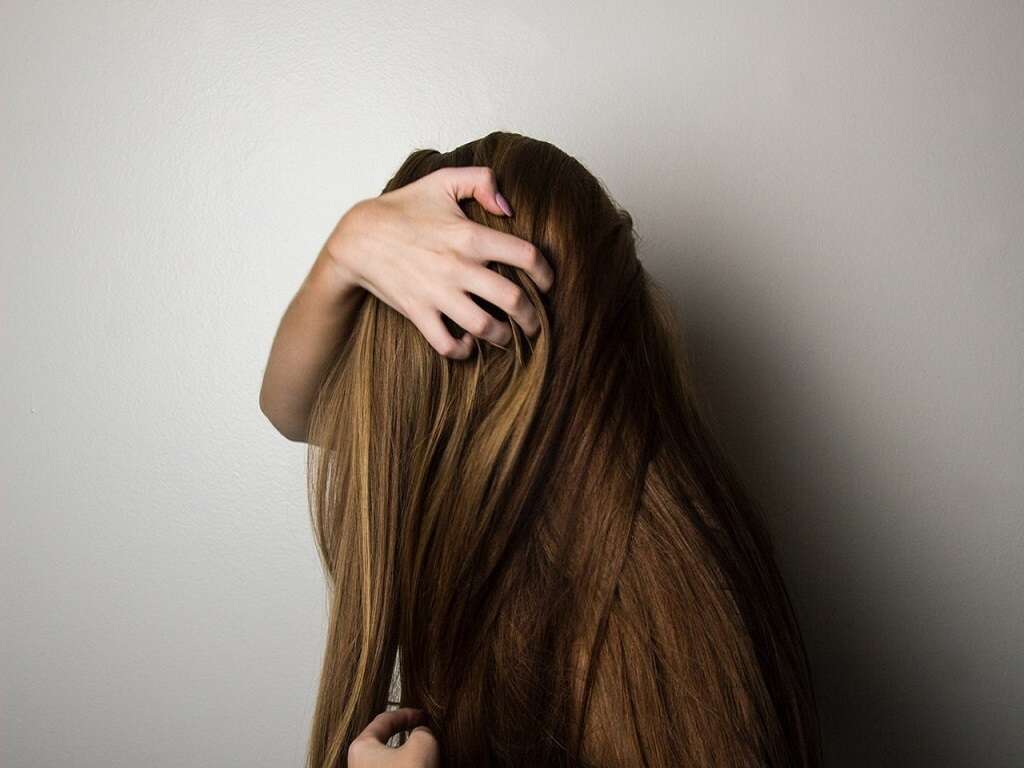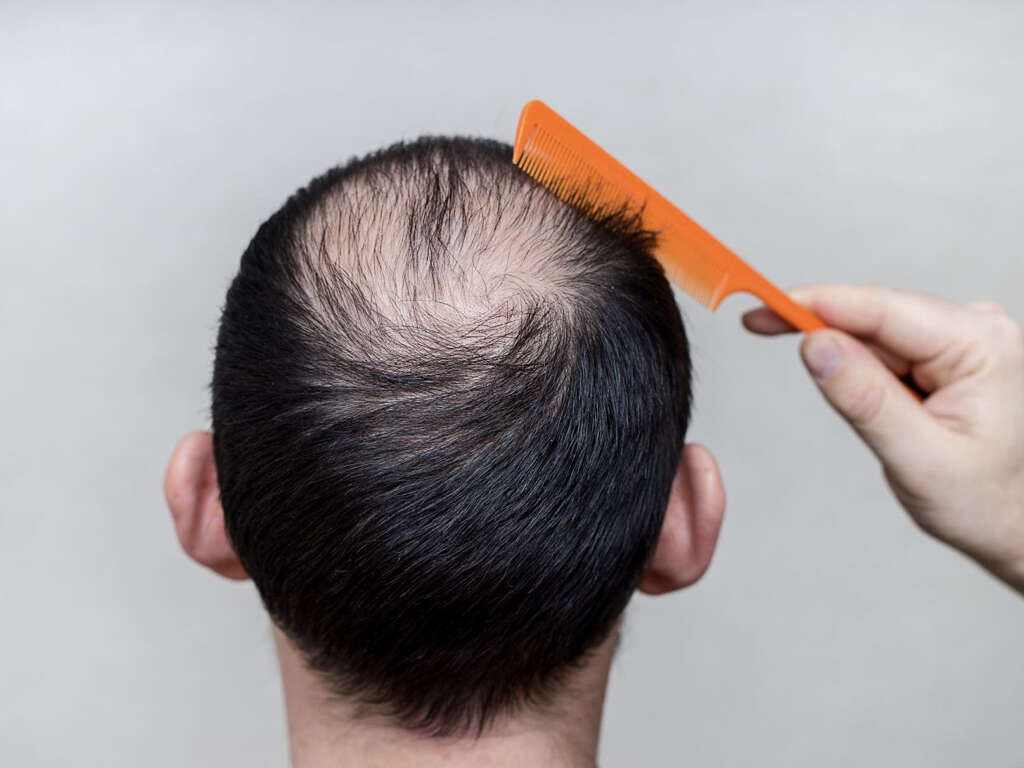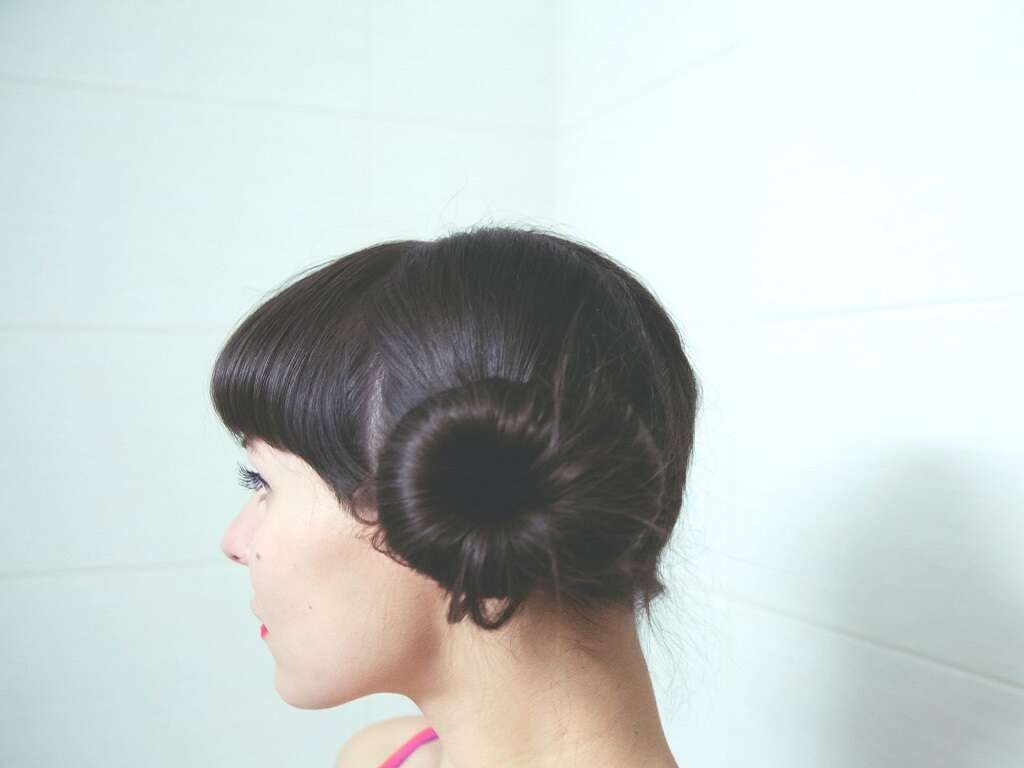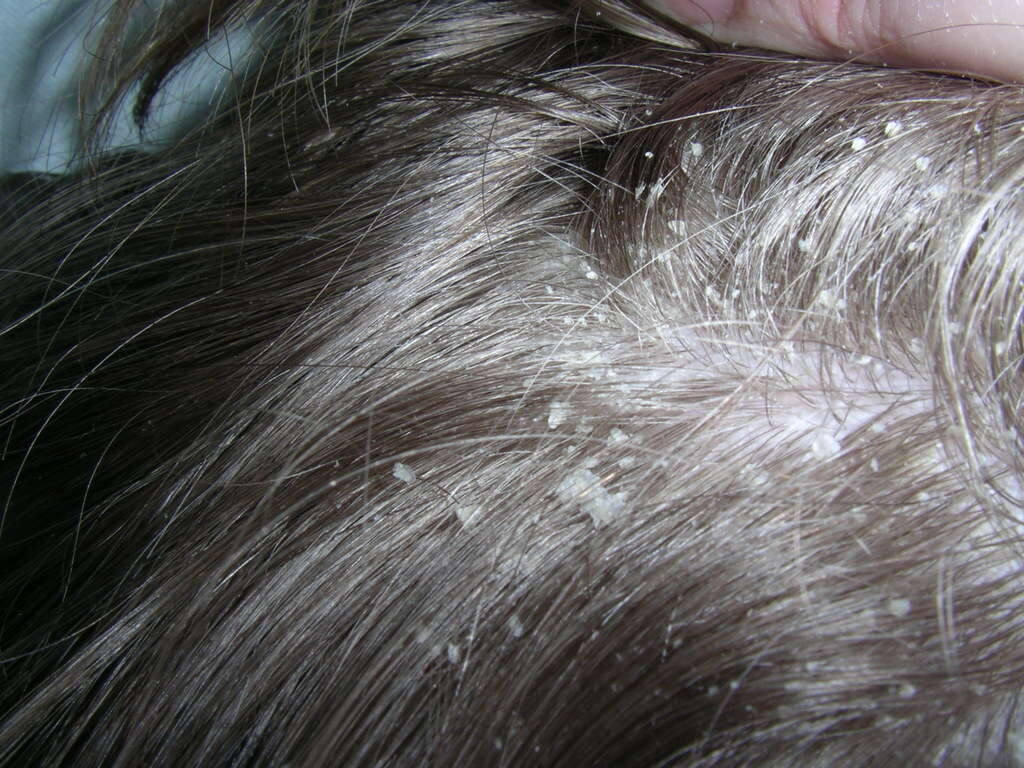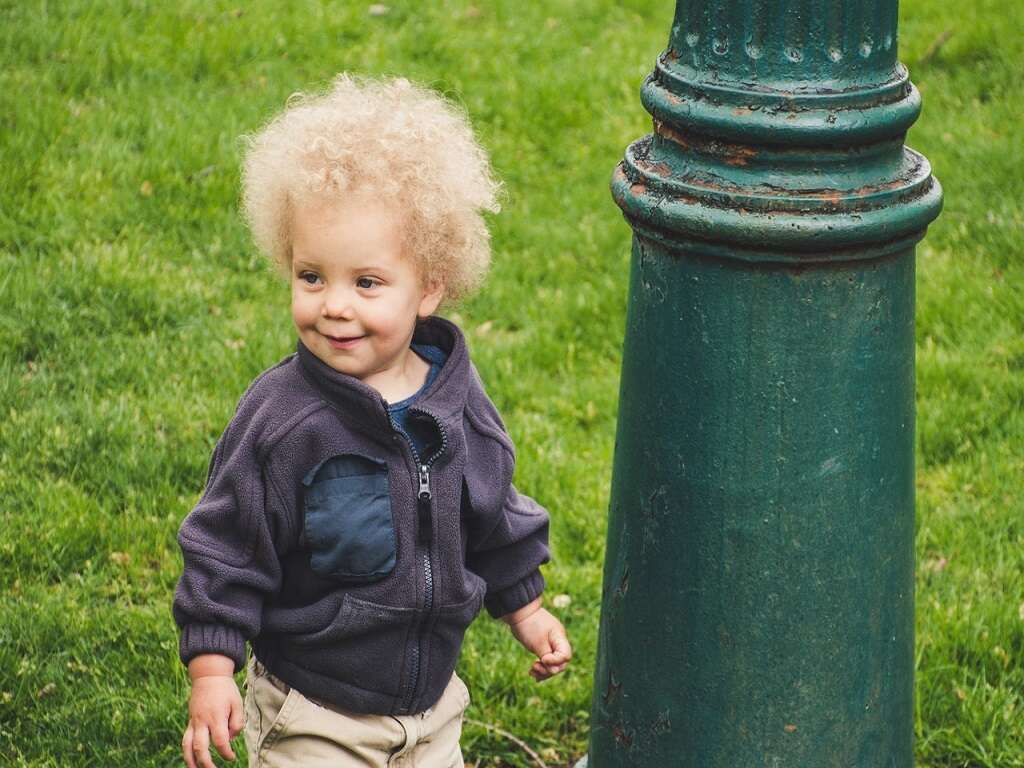10 Alopecia Symptoms
Alopecia areata is a skin condition that causes the hair follicles to shrink, slowing or stopping growth. There are three types of the autoimmune disease. Alopecia areata patchy, which is the common type and involves the development of bald patches on the head and body. Alopecia totalis can cause complete scalp baldness, while alopecia universalis can result in total hair loss on the head, face and body.
According to the National Alopecia Areata Foundation, 6.8 percent of the U.S. population may have this autoimmune condition. Additionally, people of all ages and sexes may experience alopecia symptoms.1‘Hair Loss Types: Alopecia Areata Signs and Symptoms.’ American Academy of Dermatology, www.aad.org/public/diseases/hair-loss/types/alopecia/symptoms
Bald Spot on Top Of the Head
The first alopecia symptom people may experience is a round or oval bald spot on top of the head. It can begin at any age and can be a sign of all three types, alopecia areata patchy, alopecia totalis and alopecia universalis.
The condition that causes the body to attack its hair follicles doesn't destroy them. They remain alive and hair can regrow. However, the active disease causes the cycle to reoccur weeks and sometimes months after the first experience of hair loss. Even patients who experience the loss of hair over 50 percent of their body may have regrowth.
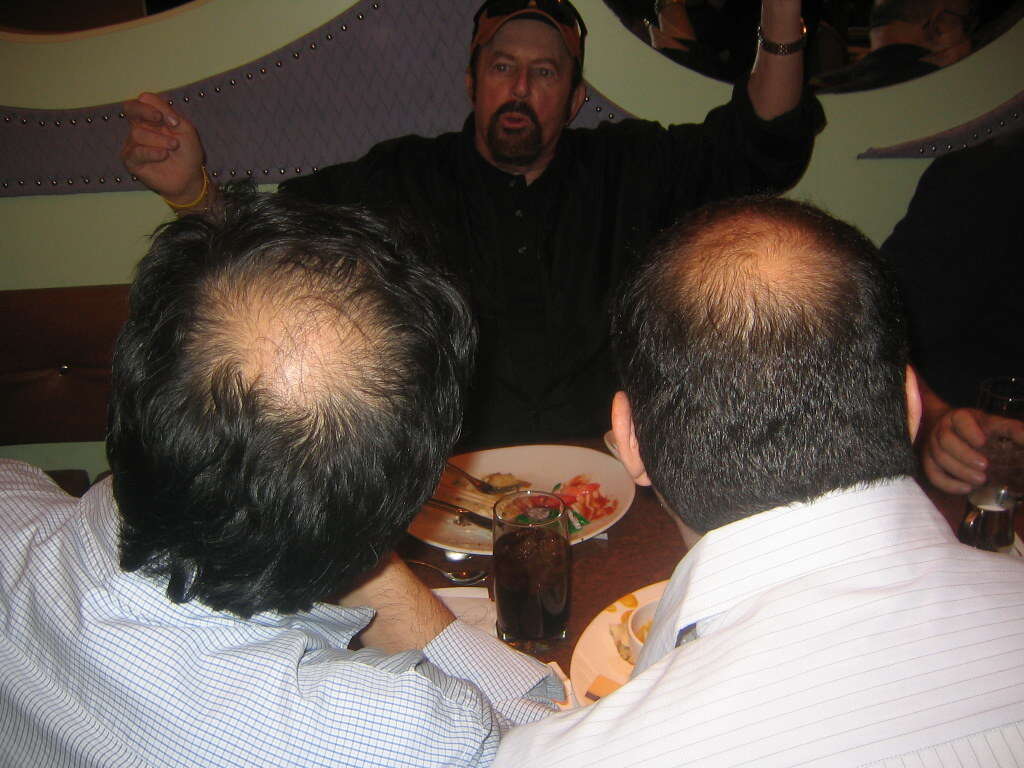
Baldness in Beards
Alopecia symptoms can develop in areas other than the scalp. Men can develop bald spots in their beard area. When the disease strikes facial hair, it can cause random baldness. For example, a bald spot may appear on the chin, but the remaining hair is unaffected.
Additionally, men with alopecia can experience balding in their mustache area. Similar to how it affects the beard, one side may grow thick and healthy, while the other has missing areas of hair or is completely bald.2‘Alopecia Areata.’ National Alopecia Areata Foundation, www.naaf.org/alopecia-areata
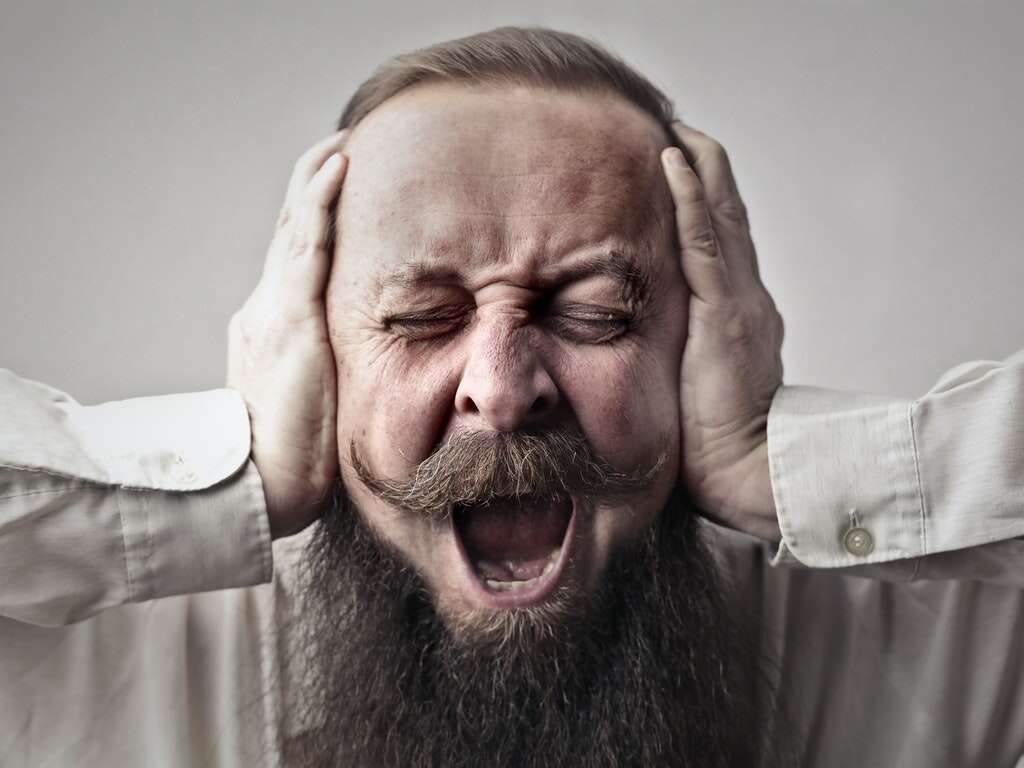
Random Bald Spots on the Head
The initial bald spot on top of the head can be frustrating for people with alopecia. But the condition may not stop there. Some individuals can develop multiple areas of baldness on the head. These can occur in different shapes and sizes.
Also, spots can regrow in one area, while another section stops growing, resulting in a new bald spot on the head. Unfortunately, there's no known cure for the autoimmune condition. However, there may be options available to help regrow hair.
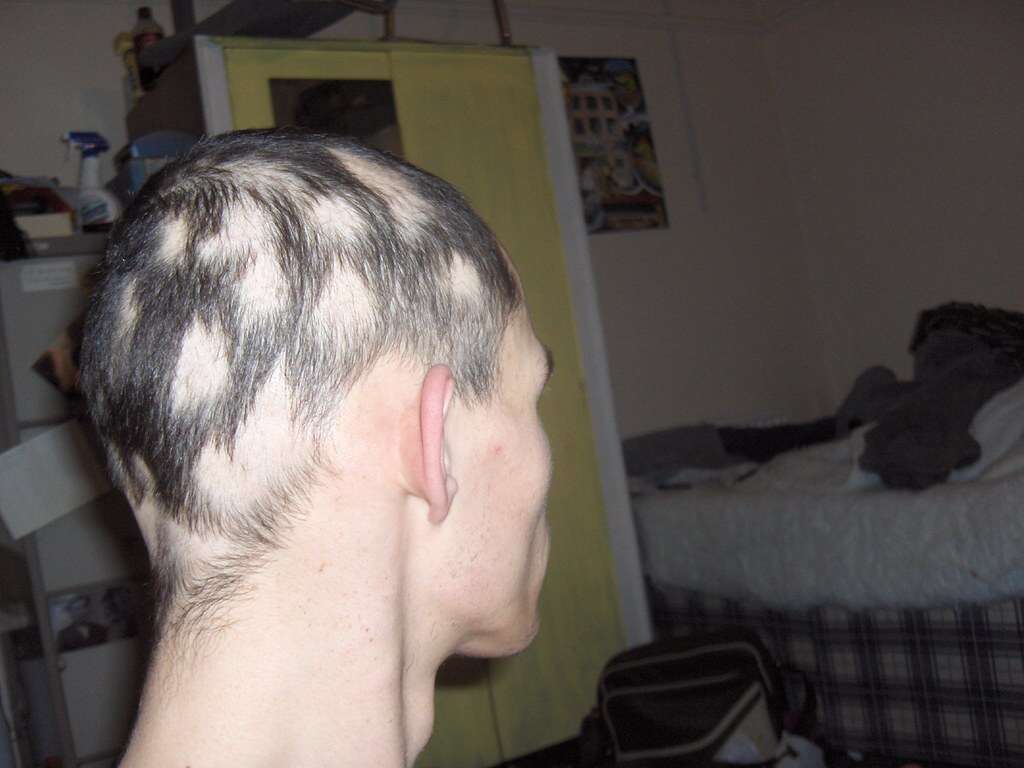
Ophiasis
Alopecia symptoms aren't limited to the development of round bald spots. Some people can experience bands of hair loss around their heads, such as at the top or bottom hairline. This type of alopecia is called ophiasis.
Similar to baldness that develops in circles or ovals, it's caused by shrinking hair follicles. Additionally, it can grow back completely or in patches. The same products that may help with regrowth with other types of alopecia are available for individuals with ophiasis.
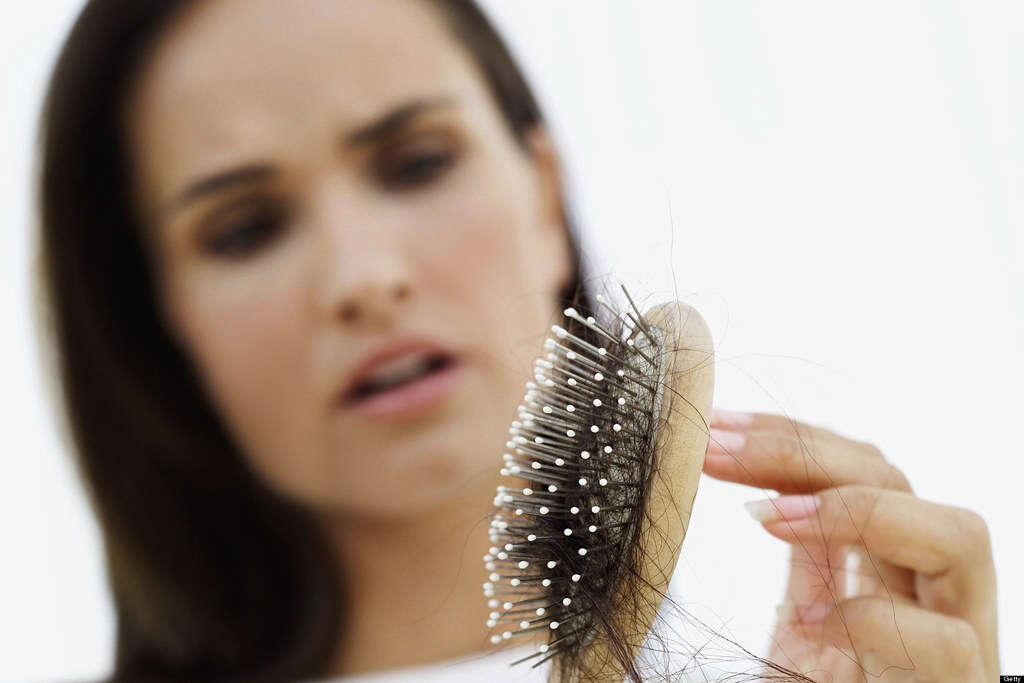
Loss of Eyelashes
Another alopecia symptom that may be difficult to deal with is the loss of the eyelashes. People with the common form, alopecia areata patchy, may lose some or all of their eyelashes. A person may see regrowth of this area after a few weeks or months.
Individuals who lose their eyelashes may also choose to use false ones. These are typically beauty products, but men may find artificial eyelashes that suit their face and don't have a feminine appearance.

Red Nails
Some alopecia symptoms don't involve the hair. According to the American Academy of Dermatology Association, between 10 and 20 percent of people with alopecia areata may see their nails develop a red tint.
In addition to the redness, the nails can develop pits near the cuticle and ridges that go the full length of the nails. These symptoms may clear up when bald spots begin to regrow. A person may be able to manage nail symptoms with a doctor's guidance.

Brittle Nails
Redness, ridges and dips aren't the only symptoms of alopecia that can affect the nails. Individuals with the autoimmune condition can experience brittle nails that split, which may cause pain or discomfort. People experiencing this symptom should speak with their dermatologist to find a management solution that may reduce discomfort and improve the appearance of their nails.
Similar to what can occur with bald spots, this symptom may resolve on its own and then return a few weeks or months later.
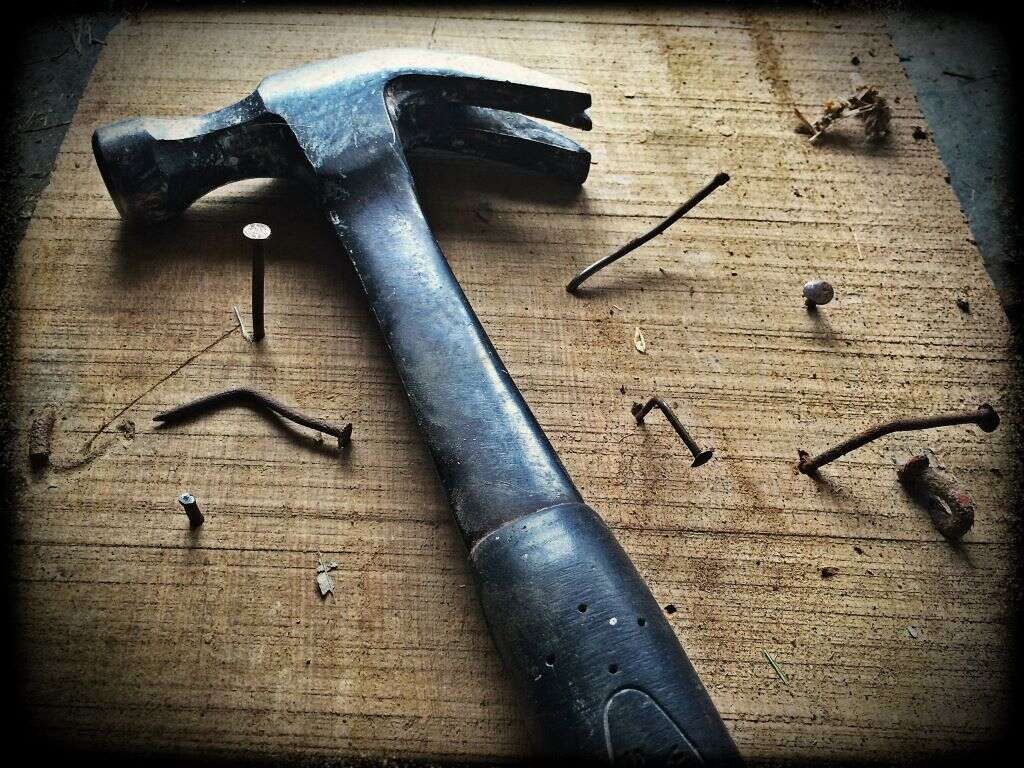
Complete Hair Loss
People with alopecia universalis can experience the most severe symptom of the disease involving complete hair loss from head to toe. This can make a male or female of any age self-conscious.
Although the hair loss may be only temporary, regrowth may not be even. Individuals can experience bald spots and areas of regrowth anywhere on the scalp, face or body. These people may want to work closely with their dermatologist to find a regrowth solution that best meets their needs.
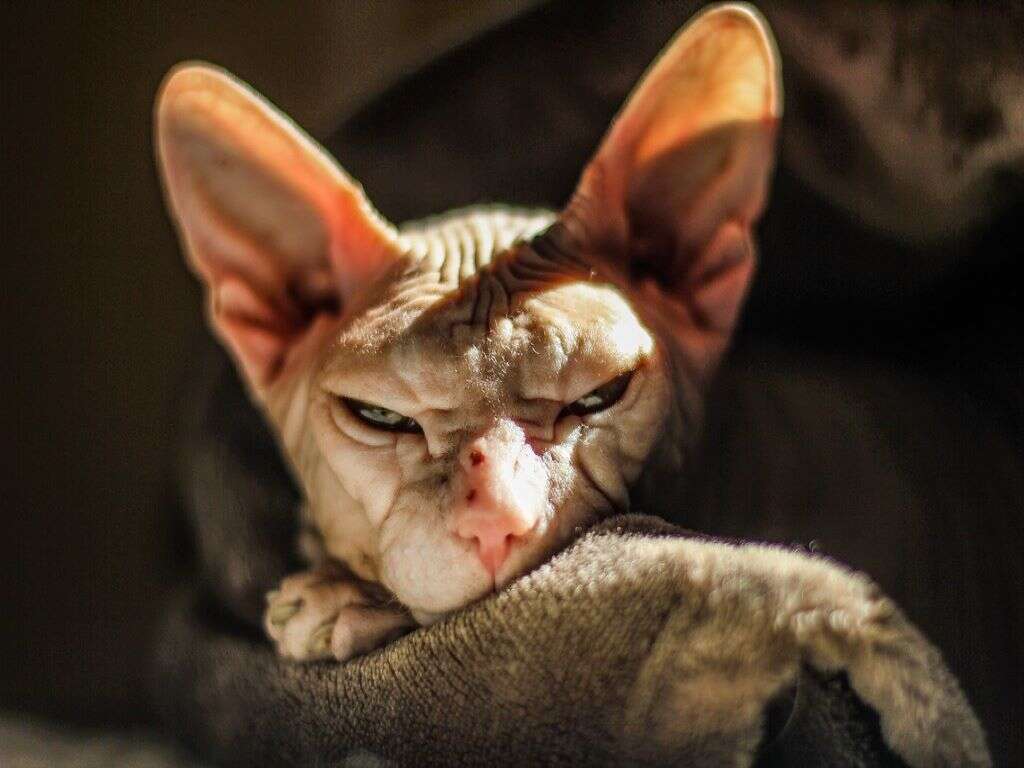
Tingling or Pain Before Hair Loss
The loss and regrowth of hair due to alopecia typically occurs with no physical discomfort. However, some people describe a tingling sensation or slight pain in the affected area before they experience hair loss. More research is necessary for medical professionals to understand what causes this alopecia symptom in certain individuals.
People experiencing pain with this autoimmune condition should consult their dermatologist to verify that it's a symptom of alopecia and not another ailment.
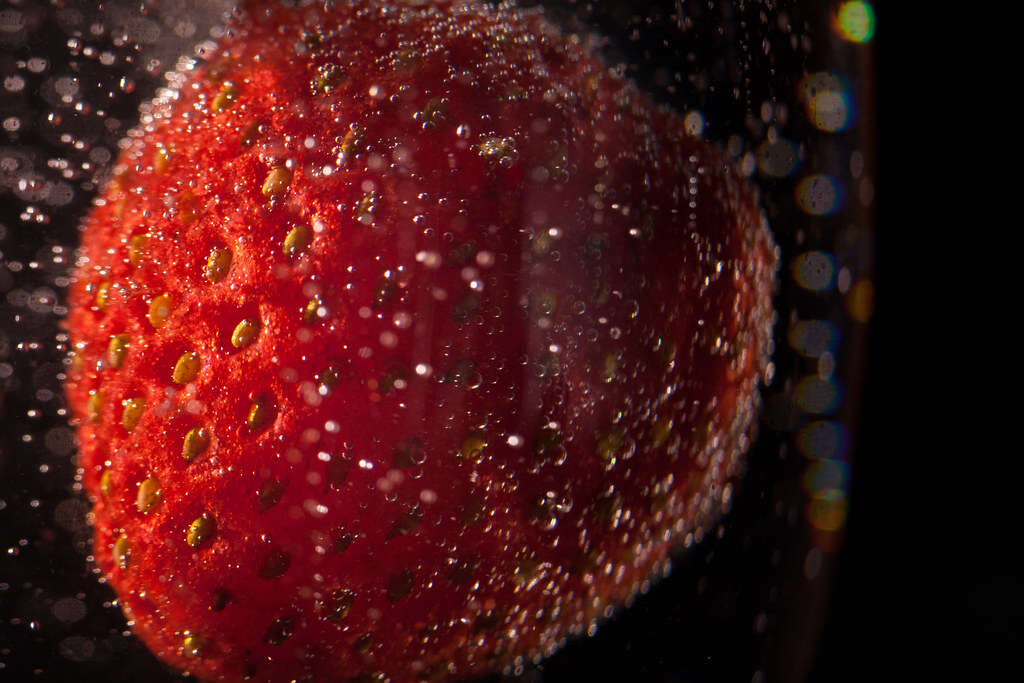
Graying or White Hair
Some individuals with alopecia notice when their hair regrows, it's white or gray. This has to do with the pigment in the hair follicles. There may not be anything a dermatologist or other medical specialist can do to manage hair whitening or graying.
However, there are a number of beauty products available that are designed to provide temporary or permanent hair color. These products may match the person's hair color or be a shade or two darker or lighter.





